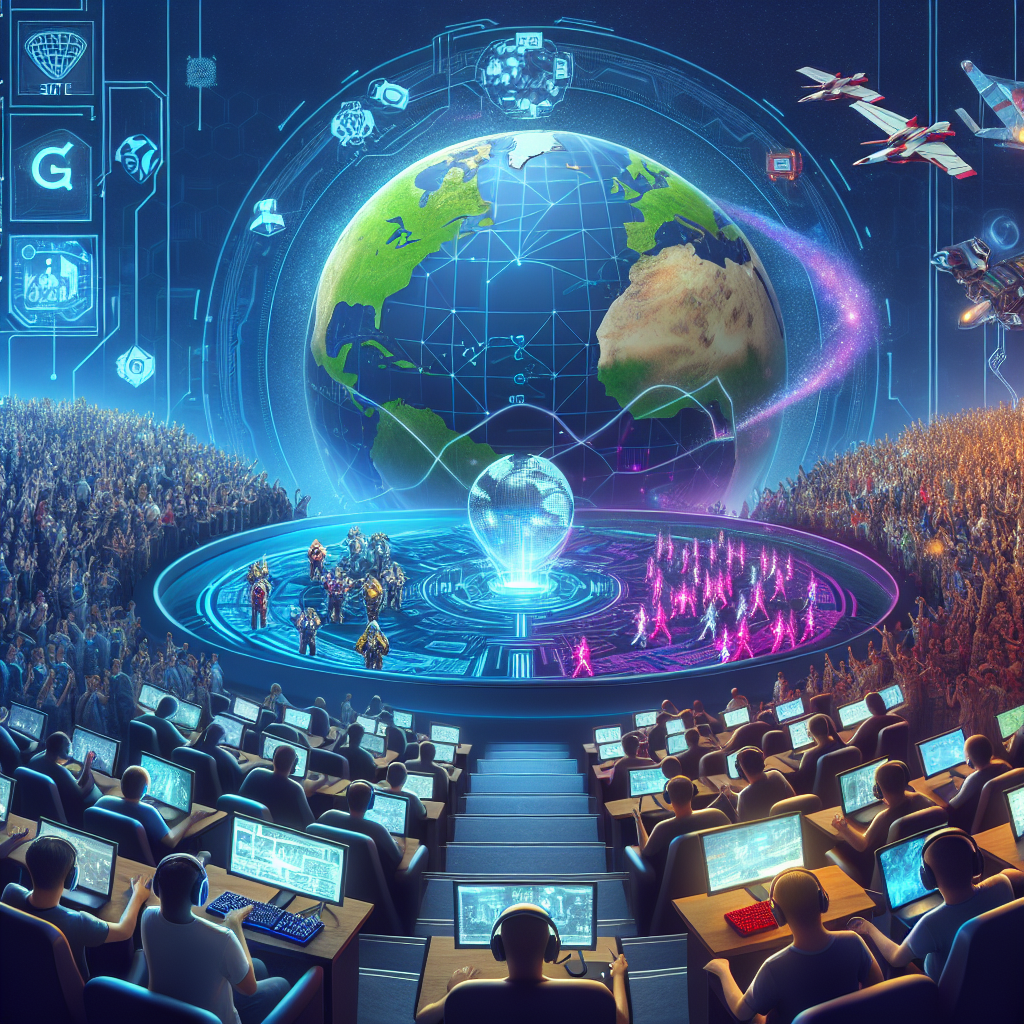From Local to Global: The Evolution of Esports Tournaments by 2025
The realm of esports has undergone a transformative journey since its inception, evolving from small, localized competitions to a global phenomenon that generates billions of dollars in revenue, engages millions of fans, and boasts participation from thousands of players across an array of gaming titles. By 2025, the landscape of esports tournaments will be radically different, shaped by advancements in technology, shifts in audience engagement, and the growing recognition of esports as a legitimate form of competition. This article explores the evolution of esports tournaments, highlighting the factors driving their expansion from local hubs to international spectacles.
The Rise of Local Competitions
In the early days of esports, tournaments were predominantly organized by local gaming communities. These grassroots events often took place in gaming cafes or community centers, attracting a small number of competitors and spectators. Titles like "Counter-Strike," "StarCraft," and "Warcraft III" were the backbone of these tournaments, fostering local talent and camaraderie among gamers. Prizes were minimal, and the experience was more about community engagement than commercial success.
As the internet became more accessible and online gaming platforms emerged, the reach of these local competitions began to expand. Platforms like ESL Play and Major League Gaming (MLG) helped structure these events, introducing ranked ladders and online qualifiers that allowed players from different regions to compete. This early stage marked the first step towards globalization, as players began to recognize the potential for broader competition.
The Transition to Regional and National Tournaments
By the early 2010s, esports began to gain traction as a legitimate form of entertainment. Well-organized regional tournaments sprouted up, leading to the establishment of national circuits in various countries. Games like "League of Legends," "Dota 2," and "Overwatch" catalyzed this shift, with developers providing support through official leagues and championships. The concept of the “esports ecosystem” started emerging, where professional teams could form, sponsors lined up, and media rights began to hold value.
As a result, tournaments like "The International" and the "League of Legends World Championship" attracted millions of viewers and offered prize pools reaching millions of dollars. The rise of streaming platforms like Twitch and later YouTube Gaming further enhanced the visibility of these tournaments, allowing fans to watch live gameplay and engage with their favorite players easily. By 2025, we will witness an expanded multi-tiered structure for tournaments, encompassing local, regional, and national events leading to global championships.
The Global Explosion of Esports Championships
The trend toward globalization set in motion an explosion of esports championships. Major tournament organizers such as DreamHack, ESL, and Blast Premier started hosting events in cities around the world, tapping into different audiences and creating local fanbases. As competition intensified, international tournaments became the pinnacle of esports, transpiring in massive arenas filled with cheering fans, elaborate stage designs, and high production values.
This expansion came with increased corporate sponsorship and investment from traditional sports entities, which recognized the potential of esports. By 2025, we can anticipate further collaborations between esports and traditional sports leagues, leading to hybrid events that feature both esports and traditional sports, amplifying the reach and influence of both spheres.
The Role of Technology and Innovation
The evolution of esports tournaments has been heavily influenced by technological advancements. Virtual and augmented reality technologies are beginning to carve a niche, enhancing the spectator experience by providing immersive environments for fans. Moreover, artificial intelligence and data analytics are becoming indispensable tools for players and teams, helping them analyze performance and strategies.
In 2025, cutting-edge technologies such as blockchain could revolutionize how tournaments are structured and funded, creating transparent prize pool distributions and ensuring fair play through immutable records. Viewers may also be able to engage with content in more personalized ways by utilizing AI-driven recommendation systems tailored to their viewing preferences.
Regulation and Institutional Legitimacy
As esports matures, the need for regulation has become increasingly evident. By 2025, we will likely see clearer governance structures emerging within the esports ecosystem, addressing issues related to player contracts, match-fixing, and gambling. Organizations such as the Esports Integrity Commission (ESIC) are paving the way for a more regulated environment, providing a safeguard for players and ensuring fair competition.
Conclusion
The evolution of esports tournaments from local competitions to global spectacles is a testament to the potential of digital gaming as a central aspect of modern entertainment. By 2025, this transformation will have reached new heights, fueled by technological advancements, a growing audience, increased corporate investment, and improved regulations. As we look ahead, the future of esports appears vibrant and limitless, promising unprecedented opportunities for players, organizers, and fans alike to engage with a continually evolving industry on a global stage.




